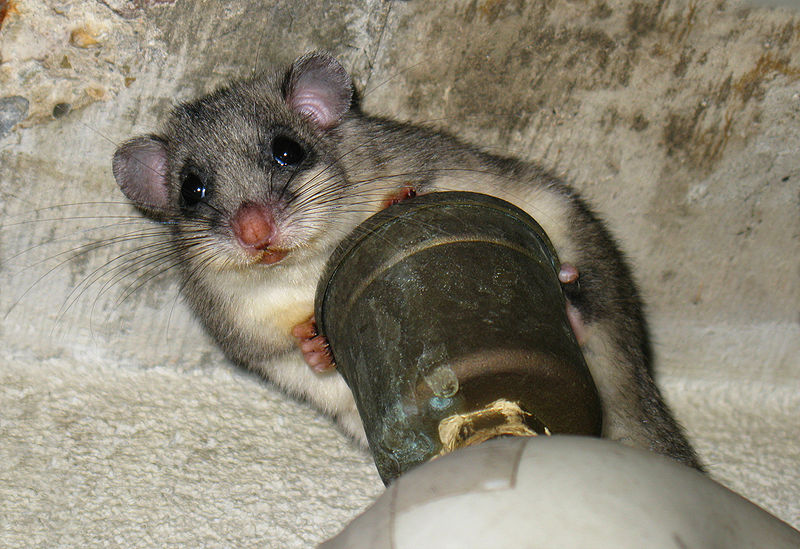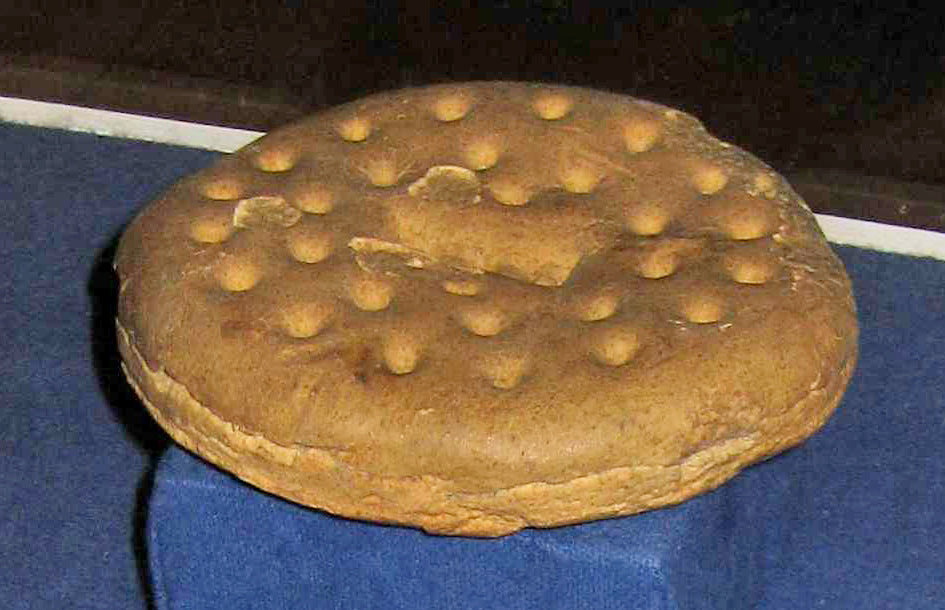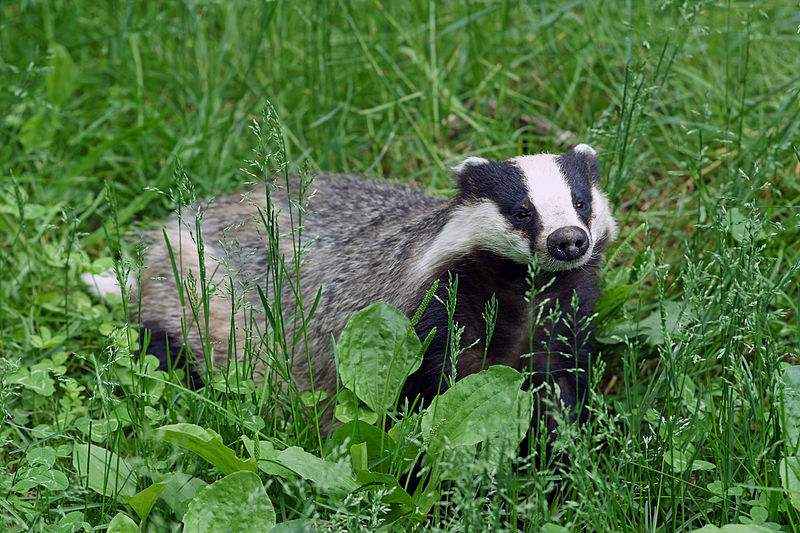
A Guide to British Fauna - Edible Dormouse
Scientific Name : Glis glis, Myoxus glis L., Sciurus glis
Common Names : Edible doormouse, Fat doormouse

Physical appearance : The edible dormouse is the largest dormouse in existence. Its combined head and body measures up to 19cm with an additional 11cm tail. It can weigh up to 150 grams but can double its body weight before hibernation. It can look very similar to a grey squirrel, particularly as it has a bushy tail, small ears and large feet. Its fur is a grey brown colour and has some small markings around its feet. The fat dormouse has some subtle markings around its eyes but unlike most other dormice, it has no other distinguishing facial markings.

Where to find/natural habitat : Glis glis can be found in much of western europe, including England where it was introduced into the town of Tring, via an escape from the private collection of Lionel Walter Rothschild in 1902.
In England specifically, the dormouse predominantly inhabits an area of 200-square-mile (520 km2), a triangular swathe of land between Beaconsfield, Aylesbury and Luton, around the south east side of the Chiltern Hills. In general, the dormouse prefers decidious woodland and forest which predominantly consist of Beech and Oak. They can be found from sea level upwards to 2000 metres. They have a preferance for heavily wooded areas as these provide the most protection from predators, sources of food as well as provide insulation from the elements. They can however, also be found in caves, orchards, rocky outcrops and cliffs.
Habits and charecteristics :The dormouse is a hibernator, it can hibernate for up to 11 months! Usually however, 6 months is more common. They are generally herbivores but have been known to eat berries, apples, and nuts. However, they are adaptable, and have also been reported to eat bark, leaves, flowers, invertebrates, and even eggs. Beech mast, which is rich in energy and protein, is an excellent source of food for young and lactating females hence their prefernece for Beech woodland. The Dormouse, is a nocturnal animal and only spends approximately 3 to 3.5 hours per day foraging for food.
Population densities can vary from 2 to 20 per hectare.
Predation: Dormice stay hidden as much as possible and hibernate for a long time, particularly when the Winter is extreme or the Summer crop is not bountiful. However, they are not often predated. Saying that, they can be caught and eaten by : grey squirrel, owl, weasel, fox, wild cats and if dormant can also be eaten by wild boar and badger.

Edibility : These were a favourite treat as far back as the Roman empire. They are still considered a delicacy in several European countries including Slovenia and Croatia.
Protection status : Although not currently protected, there are some rules governing displacement and destruction; United Kingdom the Wildlife and Countyside Act 1981 prohibits certain methods of killing dormice, and removing them may require a licence.
"Leave nothing but footprints, take nothing but pictures/memories."
Images courtesy of Marcus Ostermann, Quaoar22, Michael Hanselmann
Michael Hanselmann @ http://www.michaelhanselmann.de/bilder.htm, CC BY-SA 3.0 <https://creativecommons.org/licenses/by-sa/3.0>, via Wikimedia Commons
Michael Hanselmann, CC BY-SA 3.0 <https://creativecommons.org/licenses/by-sa/3.0>, via Wikimedia Commons
User:Marcus Ostermann, CC BY-SA 3.0 <http://creativecommons.org/licenses/by-sa/3.0/>, via Wikimedia Commons
The Bushgear Team


